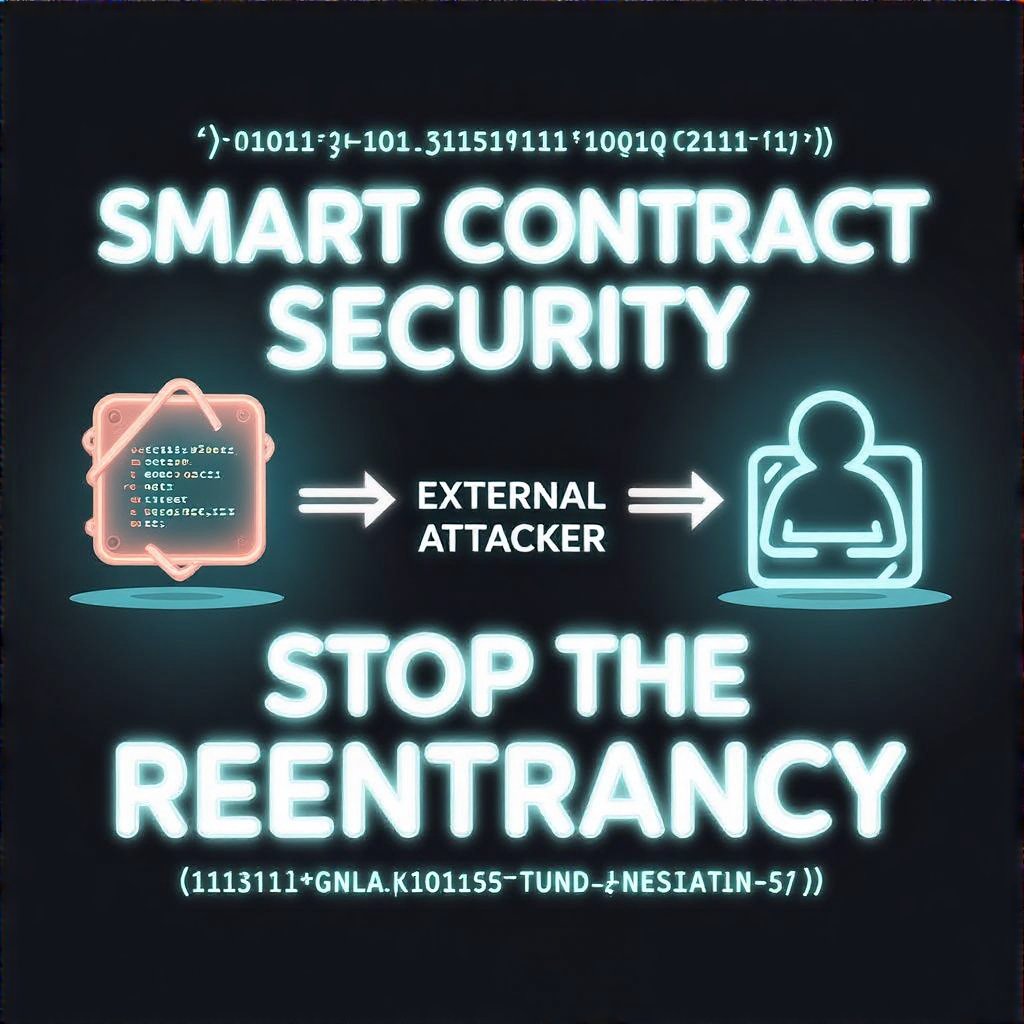Critical Vulnerabilities in Smart Contracts: A Practical Defense Guide

In a digital world where trust is programmable, developers and auditors must think like digital self-defenders. This guide breaks down the most dangerous smart-contract flaws and how to prevent them in real projects, with actionable steps you can implement today.
- Reentrancy Attacks: Anatomy and Defense
- Overflows & Underflows
- Access Control Flaws
- Impact & Real-World Examples
- Audits: How to Find Flaws Early
- Mitigation: Patterns & Practices
- FAQ
Reentrancy Attacks: Anatomy and Defense
Reentrancy vulnerabilities occur when a contract makes an external call before updating its own state, enabling an attacker to re-enter the function and drain funds. The classic example is the DAO-like pattern where the external call happens prior to state changes. To prevent this, developers must follow the checks-effects-interactions pattern, updating state first and then performing external interactions. Regular audits reinforce this discipline, and teams often adopt multi-signature controls to guard critical paths. For broader governance patterns, see the analyses of multisig governance risks. Also, practical guidance can be found in the Solidity security best practices, which offer concrete steps to avoid reentrancy pitfalls. Solidity security best practices provide a hands-on checklist you can apply during development.

Overflows and Underflows
Integer overflows and underflows historically allowed attackers to manipulate balances or control flow. Modern Solidity compilers (0.8+) include built-in checks, reducing this class of bugs, but relying solely on compiler safeguards is not enough. Use safe math libraries and explicit bounds checks, especially when dealing with arithmetic in complex contracts or those handling large token supplies. In addition, thorough unit tests that simulate boundary conditions help catch edge cases before deployment.
Unprotected Functions and Access Control Flaws
Functions without proper access controls—such as unrestricted minting, privileged upgrades, or admin-only switches—create centralization risks and provide attack surfaces. Defenders must implement role-based access control, robust authentication, and, where appropriate, multi-signature requirements for critical actions. Regular code reviews and formal verification further reduce these flaws, helping ensure that permissions align with intended governance.
Impact of Critical Vulnerabilities
Exploits can lead to fund theft, token inflation, or even network disruption. The ripple effects extend beyond immediate losses, eroding user trust and investor confidence. For a real-world perspective on such harms, see how numerous DeFi hacks were traced to overlooked vulnerabilities documented in industry coverage. This underscores the need for proactive auditing and defensive design.
How Audits Help Discover Critical Flaws
Code audits combine manual review and automated tooling to identify reentrancy, overflow, and access-control issues before deployment. Auditors document findings, verify remediation, and help establish a security baseline for the project. The value of early detection is echoed across industry analyses, including recent security reviews and practitioner guides. For further context on audit practices, you can consult Cointelegraph's security coverage.
Mitigation: Patterns & Practices
Adopt defense-in-depth with a practical checklist:
- Formal Verification: mathematically prove code correctness against specifications.
- Up-to-Date Tooling: compile with current versions and libraries that include protections.
- Access Control & Multi-Signatures: restrict critical actions to trusted operators.
- Regular Audits: partner with reputable firms for ongoing assessments.
- Security Best Practices: follow established patterns like checks-effects-interactions and fail-safes.
In practice, linking these practices to real-world governance patterns helps teams avoid centralization risk—consider the implications discussed in centralization risk assessments, and remember how multisig governance risks can shape security posture. For cross-chain operations, understanding cross-chain liquidity management informs how you design secure bridges. Additionally, real-world asset contexts, such as tokenization strategies, influence threat modeling and testing priorities.
FAQ
- What is the first step to secure a new smart contract? Begin with a formal specification and implement the checks-effects-interactions pattern from day one, then schedule an independent audit before deployment.
- Should I rely on compiler fixes alone? No. Combine up-to-date tooling with rigorous testing, reviews, and, when possible, formal verification to catch edge cases.
- Where can I learn more about secure design patterns? See widely respected resources like the Solidity security practices for concrete patterns and anti-patterns.
